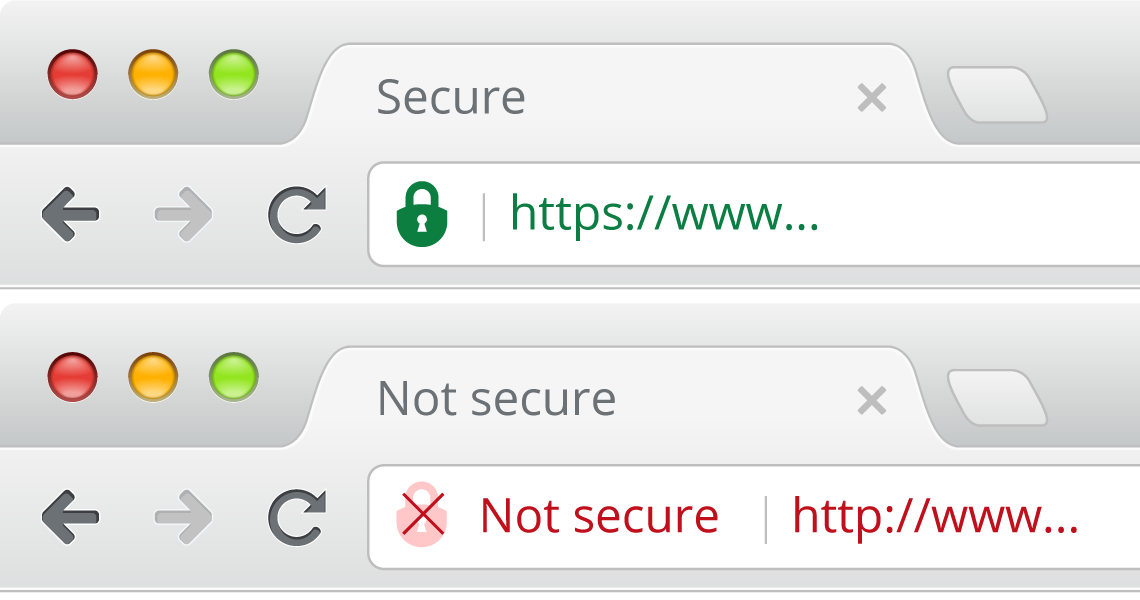Web push notifications stand out as a marketing channel because they allow you to engage and re-engage your site visitors in ways email marketing can barely match. Delivered in real-time, these little pop-up windows drive urgency on account of their interesting, relevant, and well-timed content.
Simply put, push messages allow you to maintain a dialogue with your brand’s followers, not to mention provide them good reasons to visit your website on a regular basis.
Another big advantage in using the Web Push protocol is that it doesn’t require you to capture your visitors’ email addresses and other contact details. Once they opt-in, you can provide your followers with timely updates about your brand.
The point? If you want increased web traffic and better revenue, it’s in your best interests to use push messaging to your advantage.
But how can you implement web push notifications to your website? There are two ways to go about doing this. Either you do it manually or you subscribe to a company that can do the majority of the work for you.
But more on the latter later. For now, here’s a step-by-step guide on how you can implement web push notifications on your website on your own:
1. Switch from HTTP or HTTPS
Sending push messages to users requires an HTTPS domain, so the first order of business in adding web push notifications is to migrate your site to the more secure domain. You can easily tell if your site is an HTTPS domain by entering the URL in the web address of your browser.

Migrating to HTTPS can be a bit confusing if you’re not trained in IT, but there’s a ton of easy-to-understand tutorials that can walk you through the process.
2. Subscribe to a Push Service
Each browser has a dedicated API or service that manages web push notifications. If a Chrome user, for example, agrees to receive push messages from your site, he or she is automatically subscribed to that browser’s push service.
For now, Chrome, Firefox, Safari, and just recently Microsoft Edge are the only browsers that support push messages. It goes without saying that you need to implement push messaging across all four browsers to maximize your reach.
3. Register a Service Worker
A service worker is required before you can send push messages on the web. This is because the browser launches a script as soon as a push notification is received. Interestingly, this script runs in the background even when the browser is not open, and it’s up to the user to decide what to do with the push event upon receiving it.
If you’re using Google Chrome this helpful guide can walk you through the steps on how to register a service worker. For Firefox users, this tutorial will do nicely.
4. Do some coding
This is the difficult part (if you’re not that tech savvy) because you’ll need to have a working knowledge of Java Script to pull this off.
Before you go ahead with setting up the script, make sure to keep in mind these key considerations:
- How to subscribe or unsubscribe a user for web push notifications
- How to handle push events
- How to display notifications
- How to respond to notification clicks
If you need an online guide that can walk you through the entire procedure, this step-by-step tutorial will come in handy for Chrome (52 and above) users. Mozilla has also provided Firefox users something similar.
Or you can skip all that and do it the easy way…
If the above steps sound complicated, you can rest easy because there’s an easier and quicker way. All you need to do is choose a web push notification service provider and the rest should be self-explanatory.
Packed with features that can optimize your push notification campaigns, a good push messaging provider allows you to reach and engage as many targeted users as possible with minimal effort. It allows you to customize your push messages in ways that fit your brand’s image & stand out in the sea of digital clutter.
In addition, a dedicated web push notification provider offers detailed analytics providing actionable insights that will inform your strategies going forward. You know how the saying goes – what gets measured, gets improved. By providing clear benchmarks with which to measure key data points, a web push notification tool can ensure that you’re following the best possible practices in web push marketing.
Final Word
It’s obvious that a massive continental shift in how we browse the web is happening right now, and you’d do well to use the momentum of change to your advantage. Web push notifications are the future, and the sooner you invest in this marketing opportunity (I bet your competitors already do that) the better the rewards will be for your business.





Leave a Reply